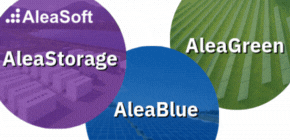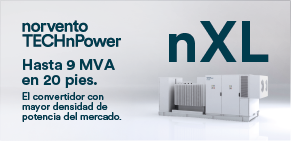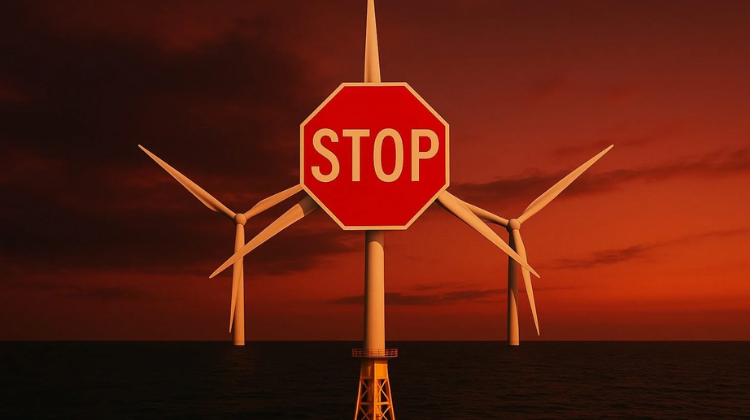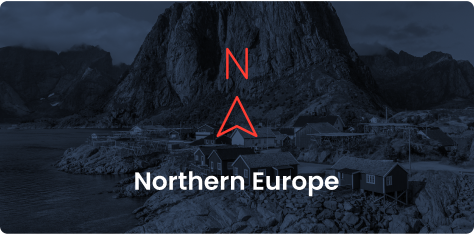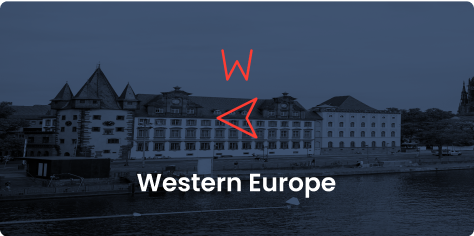Last Thursday, June 12, the 56th edition of the monthly webinar series organized by AleaSoft Energy Forecasting was held , a space for analysis and debate on the evolution of the energy sector. On this occasion, experts from Engie Spain participated, making their seventh appearance at these meetings.
The discussion panel following the presentations featured Daniel Fernández Alonso, Strategy, Regulatory Affairs and Communications Director at Engie Spain; Ignacio Sáenz Berruga, Head of Origination and Sales at Engie Spain; Lola López Serrano, Head of Strategy and BESS RES at Engie Spain; Júlio Cesar Nieto, Head of Regulatory Affairs at Engie Spain; and Oriol Saltó i Bauzà, Associate Partner at AleaSoft. The panel was moderated by Antonio Delgado Rigal, CEO of AleaSoft.
The webinar addressed the challenges and opportunities facing the renewable energy sector in the current context, marked by signs of overcapacity, especially during peak solar production hours. This situation was described as a kind of “crossing the desert” for solar photovoltaic energy, which requires the search for new ways to maximize its use.
Participants agreed that electrifying demand is essential to balancing the growth of renewable generation. There is an urgent need to move forward with streamlining grid access for new consumers, aligning retail and wholesale prices, and promoting energy storage solutions such as batteries .
However, it was emphasized that investment models in renewables have a long-term horizon, ranging from 25 to 30 years, and that current problems are concentrated mainly in the spring, while the rest of the year presents a more favorable situation.
Battery storage prospects
Energy storage , and batteries in particular, was presented as one of the key elements for advancing the energy transition . The outlook is positive, with numerous projects under development and significant growth potential in the short term, provided they have adequate regulatory support.
Three key pillars for battery development were identified. Progress has been made in terms of access and connectivity, equating batteries with renewable energy sources and regulating their hybridization.
Regarding processing, although there are 14 GW of projects with access and connection , it was indicated that the process is slower than expected. A parallel route was proposed to speed up the processing of battery projects, avoiding their collapse in the same queues as renewable projects.
For the economic viability of projects, a clear regulatory framework is essential, with services such as primary regulation and adequately remunerated capacity payments . The role of public aid, such as IDAE ‘s support with ERDF funds , in facilitating financing and making projects viable was also assessed .
Expectations for the second half of 2025
Regarding short-term forecasts, experts noted that, with the expected increase in demand in the summer, photovoltaic prices will tend to recover, as has happened in previous years. While prices during peak hours will remain below average, the profitability of solar photovoltaic power plants should improve in the coming months.
In the medium and long term, developments will depend on the balance between demand, available storage, and installed renewable energy capacity. A similar situation to this year’s could occur in the spring of 2026 if the installation of storage systems is not accelerated. However, participants agreed that greater stability could begin to be seen over the next two to three years.
IDAE call for grants for energy storage projects
The new IDAE call for grants for storage projects , open until July 15, was positively highlighted as a key element in accelerating battery deployment. Experts noted that, despite the relatively short deadline for submitting projects, its impact will be significant in securing revenue and facilitating project financing.
However, it was also noted that, once the call for proposals is resolved, the main bottleneck will once again be the administrative process, which has already caused delays in previous calls for proposals and prevented some projects from meeting established milestones.
Key points to consolidate the progress of energy storage
The 56th edition of the AleaSoft webinars demonstrated that the sector is making progress, especially in relation to energy storage. However, to ensure the viability of the projects, it is essential to continue working in coordination between the administration, developers, financiers, and energy managers. The regulatory signals are positive, but there is still a significant road ahead to achieve a balanced, competitive, and decarbonized energy system.










